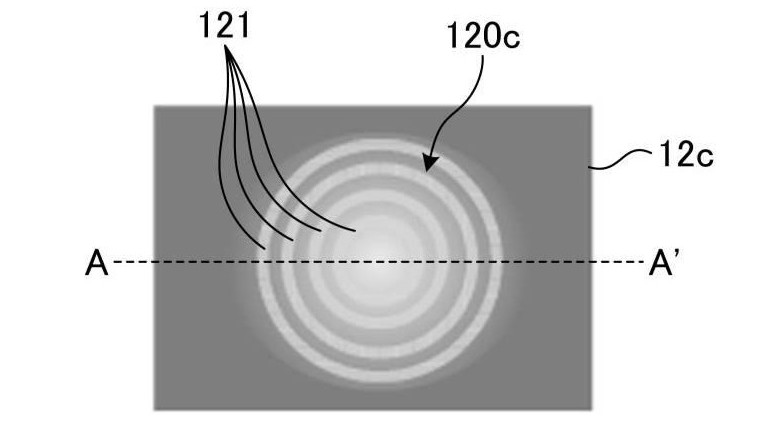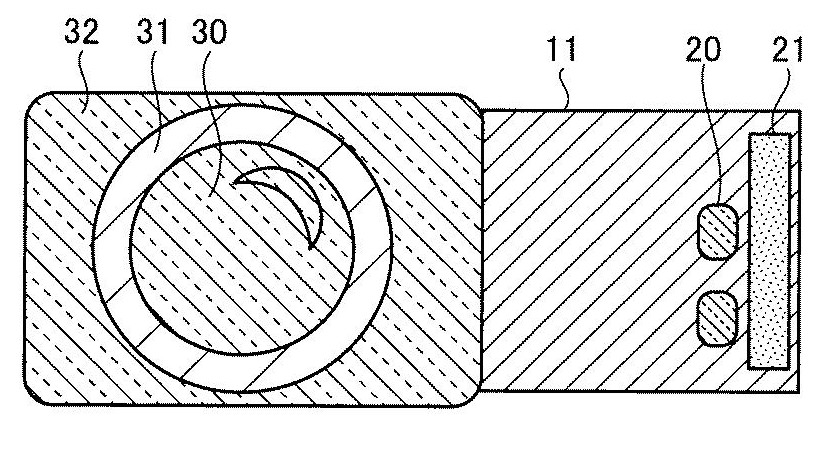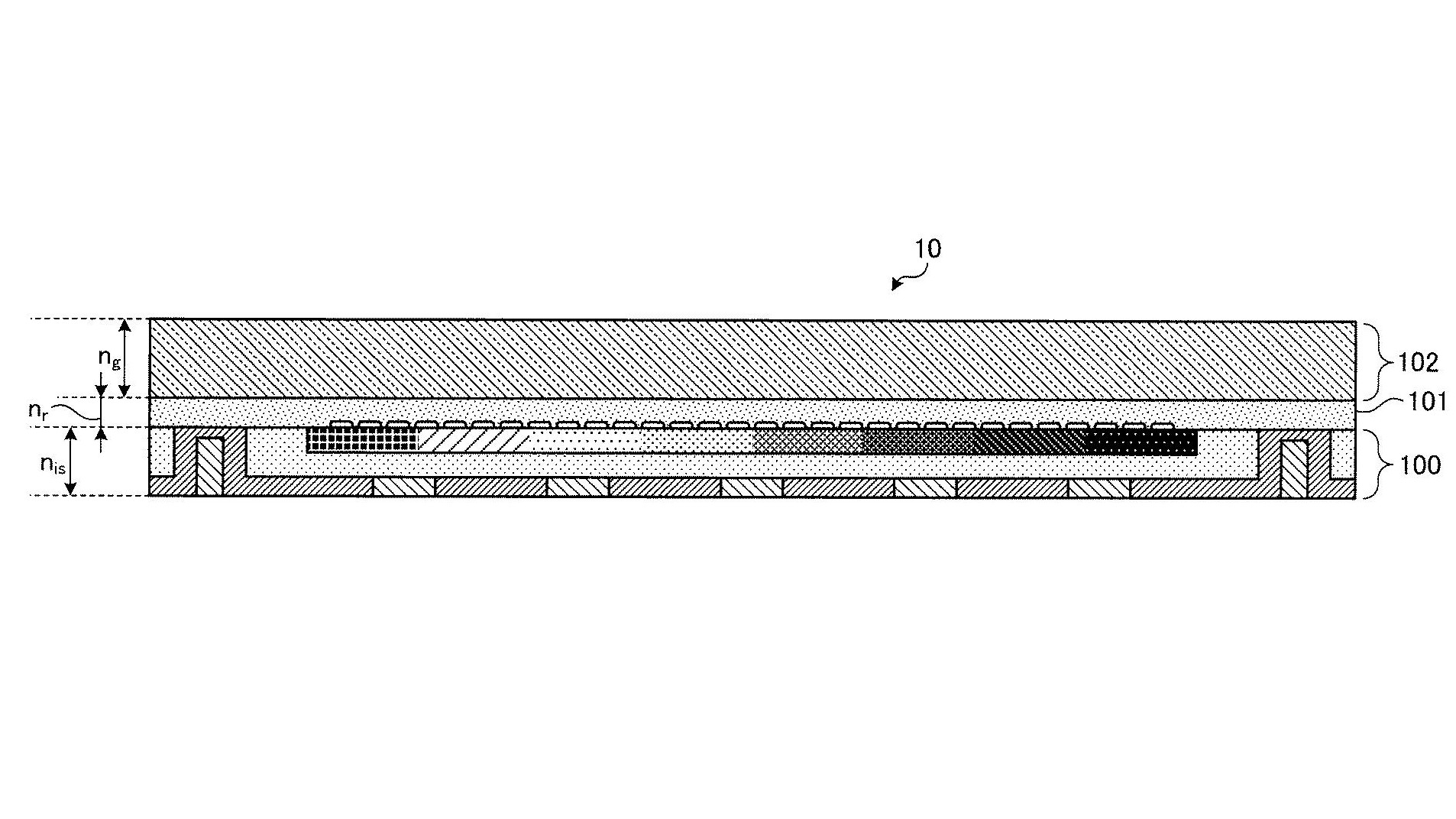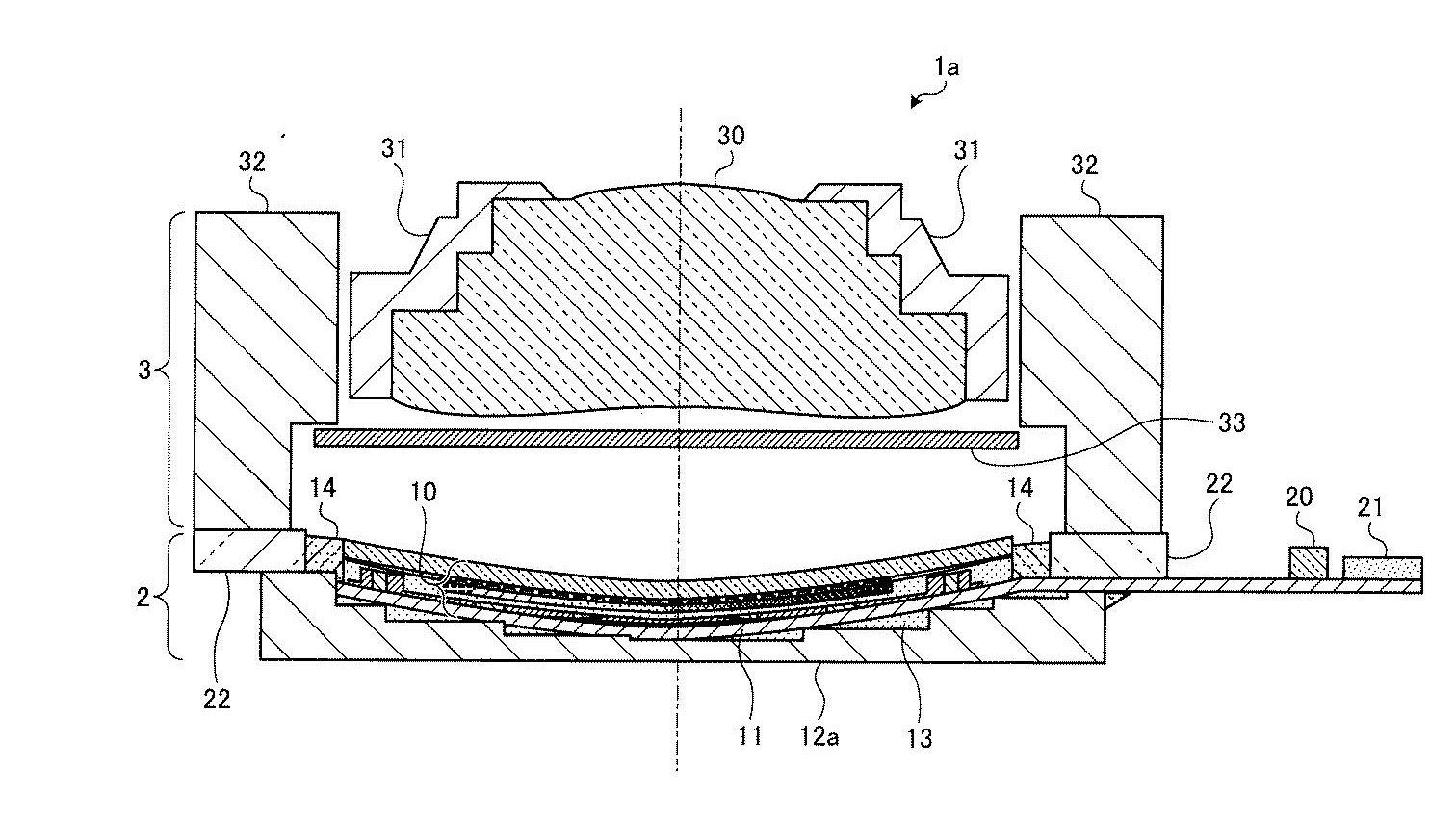
As photographers, we've all been there. You find a subject that's vast and visually incredible – an amazing piece of architecture, a sweeping landscape or some stunning street art. Yet when you raise your camera, the truth is inescapable: no matter how expensive your kit is, it just can't compare to the human eye.
Shaped by millions of years of evolution, our eyes are quite frankly incredible. And the history of camera development has essentially been all about trying to mimic that level of perfection.
• Read more: Best 360 cameras
You can see it in the emergence of stereoscopic photography, for example, or the more recent development of 360-degree VR. There is, however, another way that manufacturers are trying to replicate the human eye, which doesn’t get as much press but promises to be quite revolutionary: curved sensors.

Rather than follow the curve of our eyes, the sensors in conventional digital cameras are flat. This results in an unnatural curvature in the image, and so the accompanying lenses have to be made in a way that corrects this distortion. This makes camera optics larger and heavier than they otherwise need to be.
Swapping a flat sensor for a curved one, consequently, should allow for lenses with a shorter and smaller diameter, with greater aperture and reduced light fall-off at the edge of the photo.
We say ‘should’ because while Sony has been developing this tech for some time, as have other manufacturers such as Canon, neither is bringing new cameras based on curved sensors to market just yet.
Get the Digital Camera World Newsletter
The best camera deals, reviews, product advice, and unmissable photography news, direct to your inbox!
However, the big news is that Sony has just filed a new patent for the production of a curved sensor – one that looks like it has smartphone users in mind.

You can see the patent in full here, although you’ll need a good knowledge of Japanese (not to mention camera technology) to understand it. Suffice to say that following its 2020 patent in this area, Sony is clearly serious about developing this new tech and getting it into the hands of consumers, before rivals can steal a march on it.
And Sony's interest is far from academic; there is a real commercial need at play here. Smartphones are increasingly at the cutting edge of photography tech and, with multi-lens cameras and 108MP sensors becoming increasingly common, brands are desperate for new ways to stand out from the crowd.
Curved sensors will potentially enable makers of both digital cameras and smartphones to leave their competitors in the dust, so there's an awful lot to play for here.

We've been saying for some time that curved sensors represent the next big leap forward in imaging technology, and this new patent from Sony makes us even surer of that. We imagine that rival manufacturers are quaking in their boots right now – unless, that is, they've got their own curved sensors in the works.
Either way, we'll bring you all the news in the development of this game-changing tech the moment we learn of it, so keep watching.
Read more:
Best camera phones
Is Sony's medium format camera with a curved sensor almost ready?
Canon has just patented its first lenses for a curved sensor
Tom May is a freelance writer and editor specializing in art, photography, design and travel. He has been editor of Professional Photography magazine, associate editor at Creative Bloq, and deputy editor at net magazine. He has also worked for a wide range of mainstream titles including The Sun, Radio Times, NME, T3, Heat, Company and Bella.

